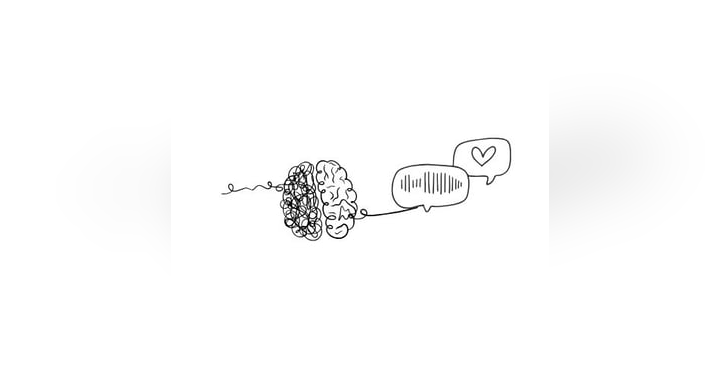Explaining Emotional Healing
Journey into Emotional Healing: Finding Strength in Vulnerability
By: Randi Owsley, LMSW, Licensed Psychotherapist
As resilient women of our time, today we delve into a critical yet often unspoken facet of mental health: emotional healing. Far more profound than merely overcoming sadness, emotional healing is the process through which we confront our pain, work through it, and emerge wiser and stronger.
Unfolding Emotional Healing
True healing takes place when we courageously step into our emotional landscape, acknowledge our suffering and actively seek healthy ways to manage and move beyond it.
Emotional wounds may occur in our lives, which are filled with difficulties and victories. These might stem from experiences like loss, trauma, disappointment, or stress. Emotional healing is the practice of recognizing these wounds, patiently nurturing them, and gradually allowing them to heal.
Emotional Healing and Mental Health: The Vital Connection
Emotional healing plays a pivotal role in bolstering mental health. It helps to reduce anxiety and depression, augments self-esteem, and instills resilience. Greater emotional healing also fosters healthier relationships and more effective coping mechanisms.
Embracing Emotional Healing: Your Personal Odyssey
Initiating this delicate journey requires courage and self-awareness. Here's a roadmap towards embracing emotional healing:
1. Acknowledge Your Feelings
Give yourself permission to feel. It's okay, really, it is. Validate your emotions, whether they are joyous sparks or challenging storms.
2. Practice Self-Compassion
Treat yourself with the same kindness, understanding, and patience you'd extend to a dear friend struggling with a similar situation.
3. Embrace Mindfulness
Being present in the moment and accepting it without judgment can be profoundly healing. Mindfulness meditation is one tool that can foster this mindset.
4. Seek Support
Don’t feel like you must walk this journey alone. Reach out to trusted friends, family, or professional therapists. There's strength in vulnerability and in reaching out.
5. Set Boundaries
Preserving your mental and emotional wellness sometimes requires setting limits with others. It's okay to say no to demands that drain you emotionally.
Moving Forward on the Path to Healing
Remember that emotional healing is not a sign of weakness but a testament to your strength and courage. It's a nonlinear journey, unique to each of us, woven with threads of challenges, triumphs, setbacks, and victories.
So here’s to the tears that cleanse, the pain that refines, the resilience that empowers, and the journey that enlightens. Onwards, as we continue embracing emotional healing, we create collective strength in shared wisdom and healing.
Together, let's chart these seemingly formidable waters, ensuring every woman understands and appreciates her mental health and the power of emotional healing.












